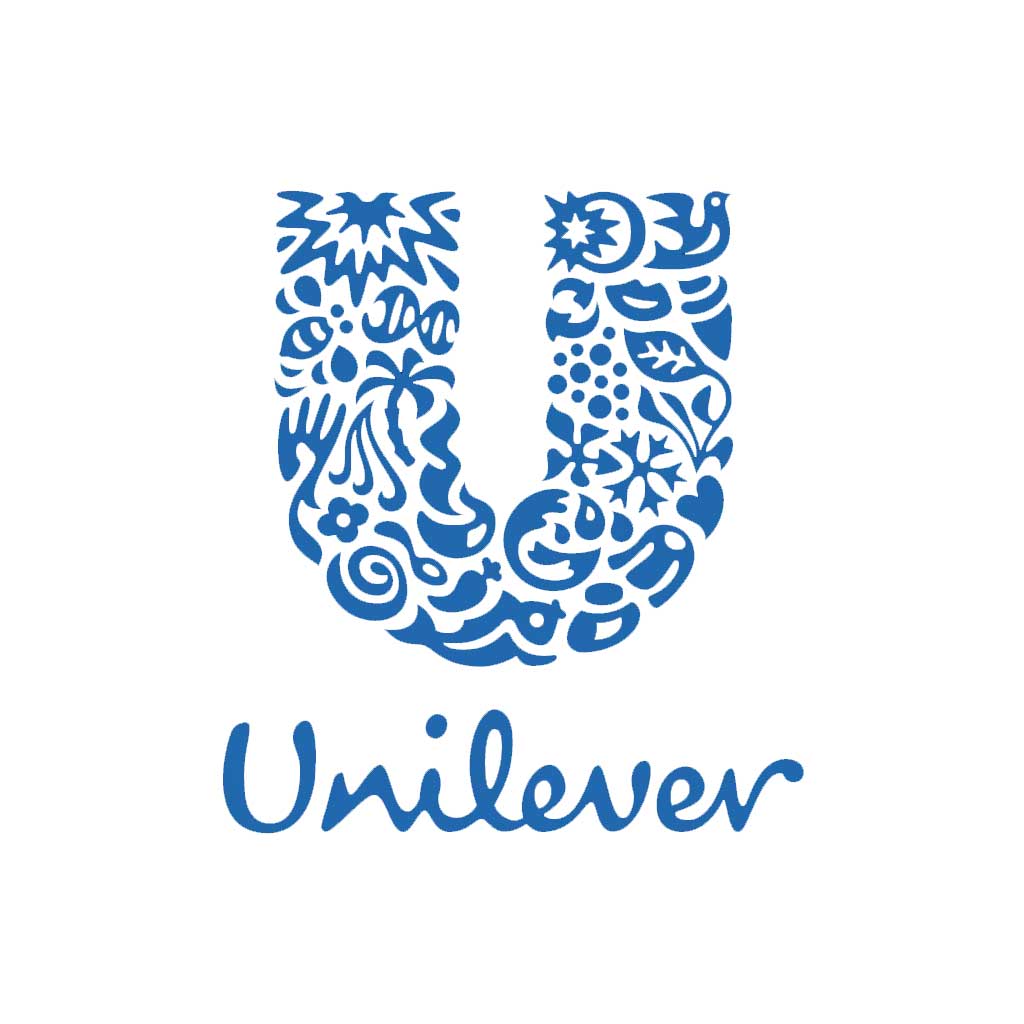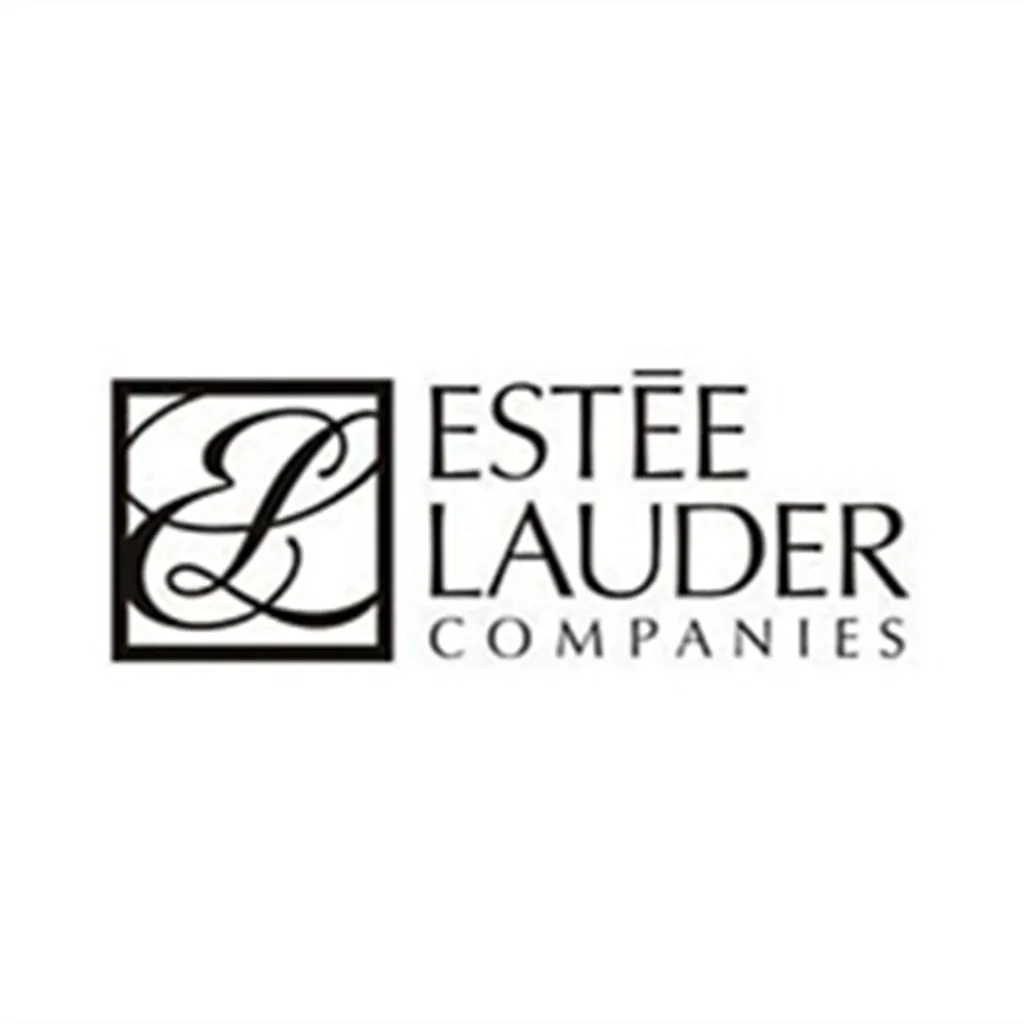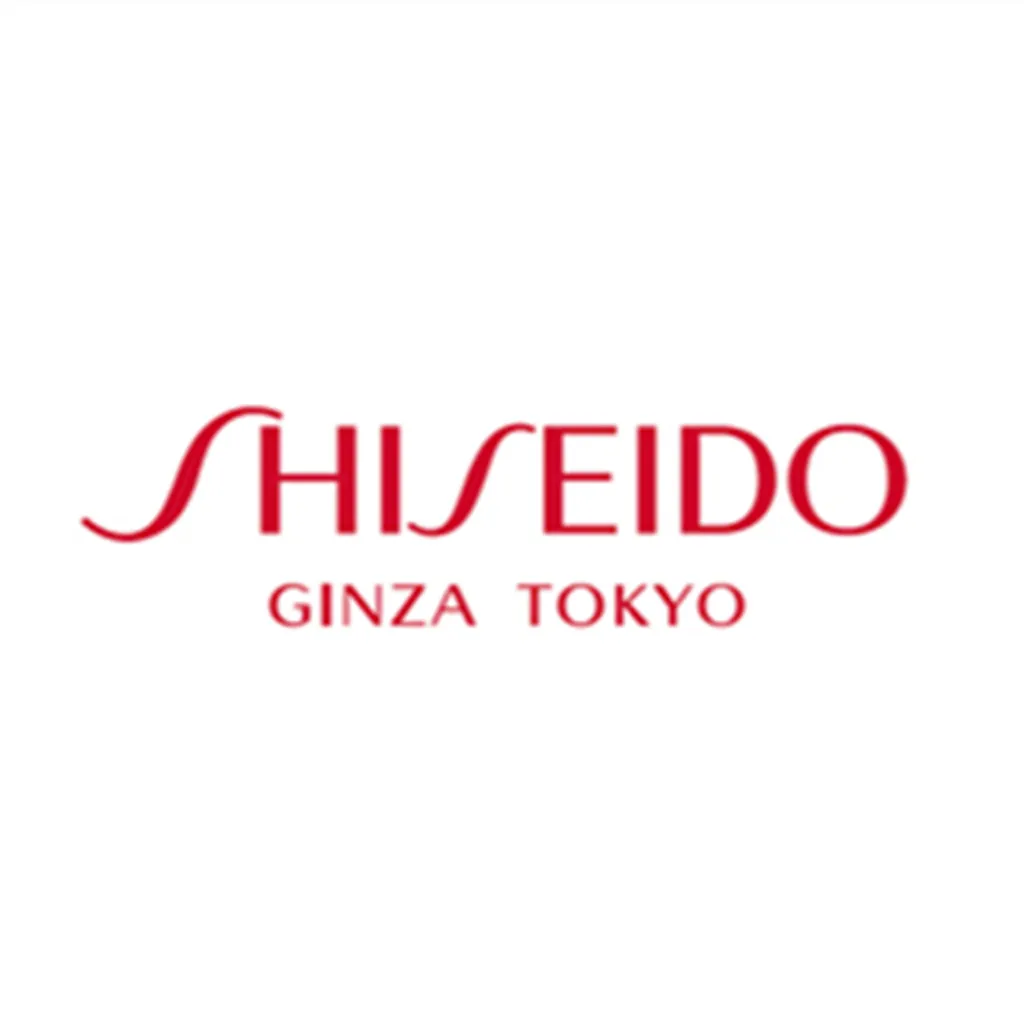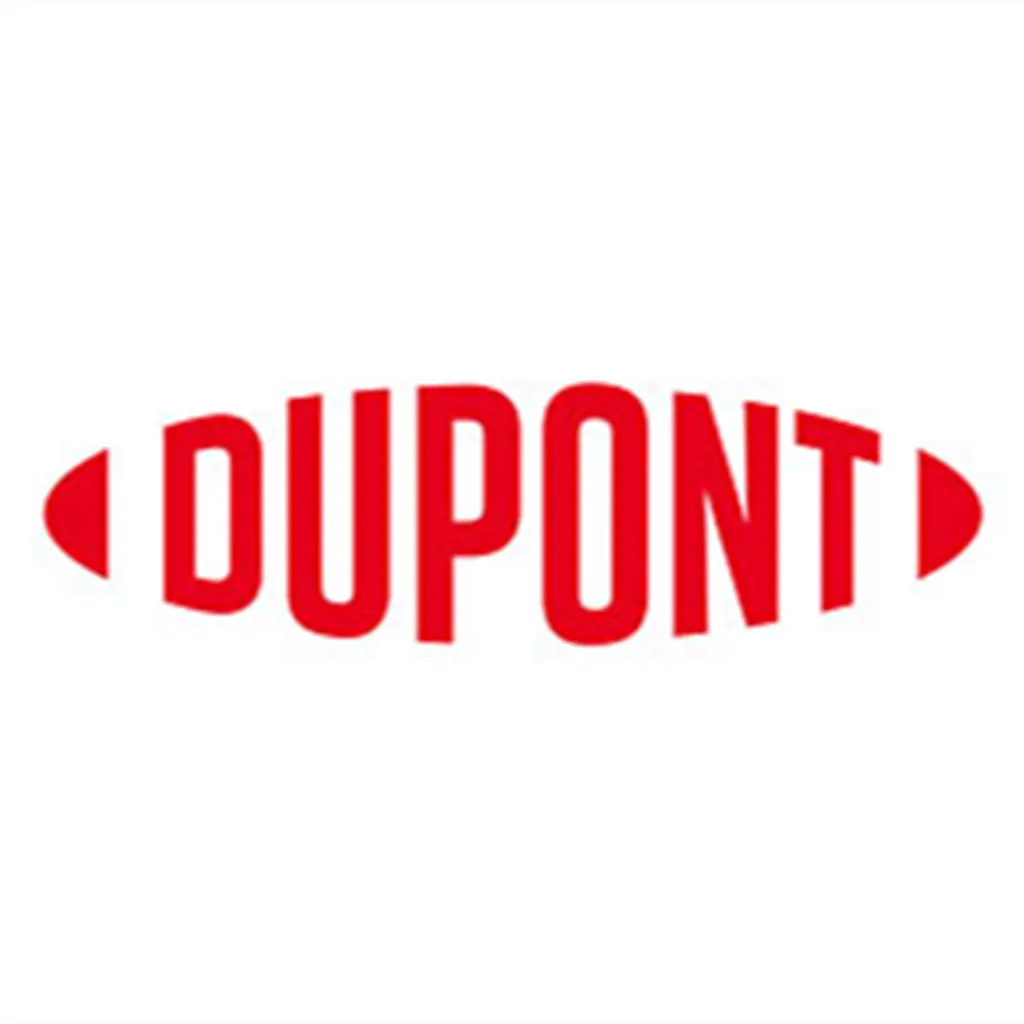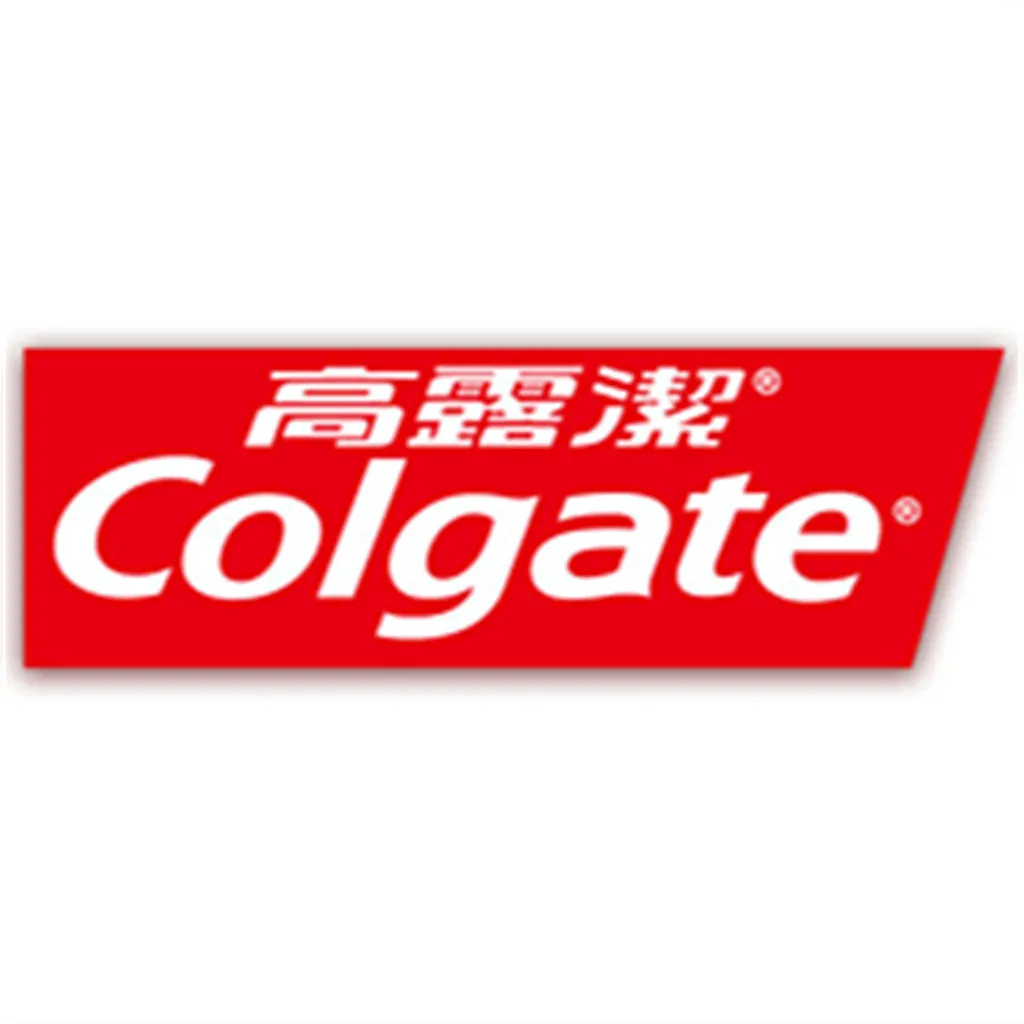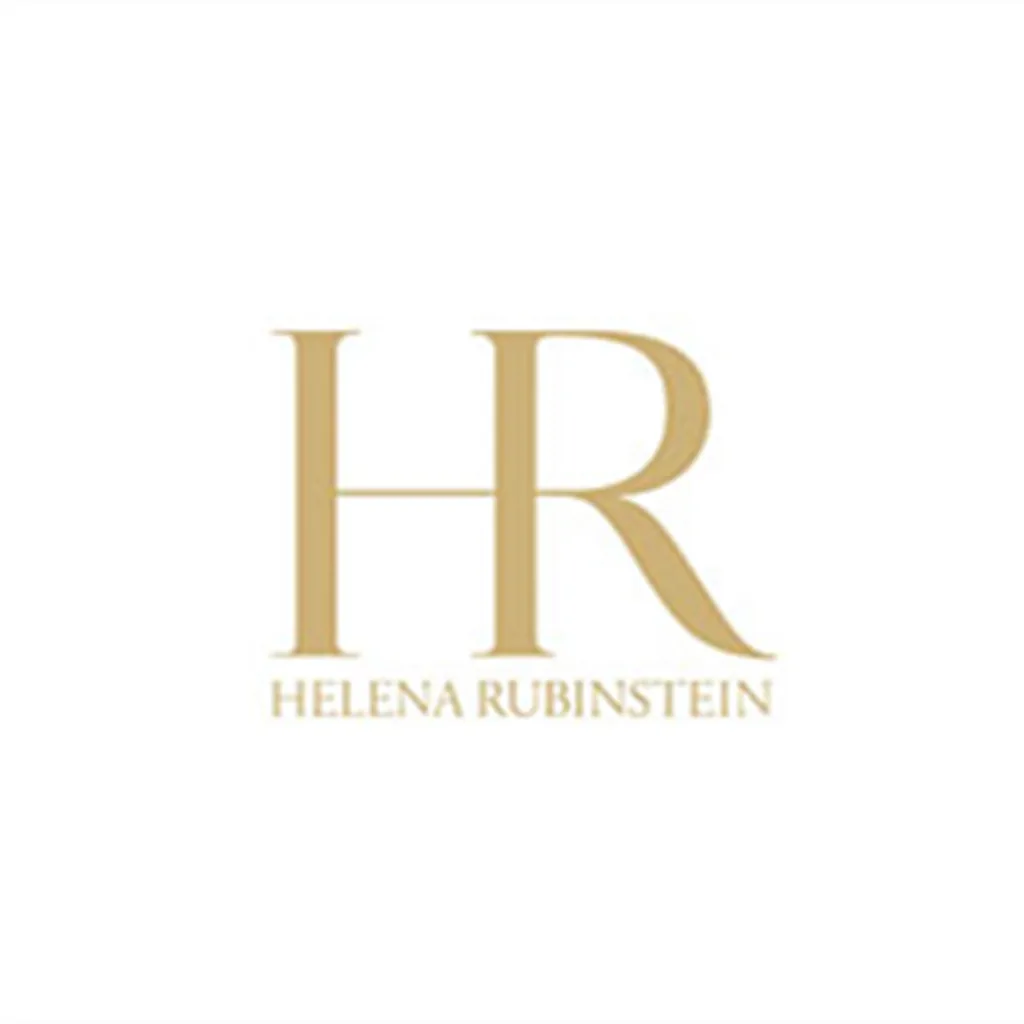
The product we are introducing here is Factory Supply basic red 18 with the CAS number 14097 - 03 - 1. It is a high - quality chemical product provided at the best price. The CAS number is a unique identifier for chemical substances, which helps in accurately identifying and classifying the product in the chemical industry. This basic red 18 product is carefully manufactured in the factory to ensure its purity and quality.
The physical and chemical properties of basic red 18 need to be strictly controlled during the production process. Although specific detailed physical parameters may vary depending on different production batches and quality requirements, generally, it has certain solubility characteristics and chemical reactivity. It is important to store this product under appropriate conditions, usually in a cool, dry, and well - ventilated place, away from direct sunlight and sources of ignition.
Factory Supply basic red 18 has a wide range of applications. In the textile industry, it is often used as a dye. It can impart a bright red color to various fabrics, such as cotton, silk, and synthetic fibers. The color fastness and color uniformity of the dyed fabrics are relatively high, which can meet the requirements of the textile market for product quality and appearance.
In the paper industry, basic red 18 can also be used as a colorant. It can be added during the papermaking process to produce colored paper products, such as colored wrapping paper, decorative paper, etc. The addition of this product can improve the visual appeal of paper products and expand their application scope.
Moreover, in the field of plastic manufacturing, basic red 18 can be used as a colorant for plastics. It can make plastic products have a bright red color, which is very suitable for the production of some consumer plastic products, such as toys, daily necessities, etc.
When using Factory Supply basic red 18, different usage methods should be adopted according to different application scenarios. In the textile dyeing process, first, prepare a suitable dyeing bath, adjust the pH value and temperature of the dyeing bath according to the fabric type and dyeing requirements. Then, add the appropriate amount of basic red 18 to the dyeing bath and stir well to ensure its uniform dispersion. Immerse the fabric in the dyeing bath and keep it in the bath for a certain period of time, usually controlled by the dyeing process requirements, and then take it out and rinse it to remove the excess dye on the surface of the fabric.
In the paper - making coloring process, basic red 18 is usually added to the pulp suspension. Before adding, it is necessary to dissolve the product in an appropriate solvent to form a uniform solution. Then, slowly add the solution to the pulp suspension while stirring, so that the colorant can be evenly distributed in the pulp, and finally form colored paper through the papermaking process.
In the plastic coloring process, basic red 18 can be mixed with plastic raw materials. It can be added during the plastic granulation or injection - molding process. First, accurately measure the appropriate amount of basic red 18 according to the color requirements of the plastic product, and then mix it with the plastic raw materials evenly. Use appropriate processing equipment to process the mixture into the desired plastic products.
Case 1: A textile factory needs to dye a batch of cotton T - shirts red. They used Factory Supply basic red 18. First, they prepared a dyeing bath with a pH of 6 - 7 and a temperature of 80 - 90 °C. They added 2 grams of basic red 18 per liter of dyeing bath. After immersing the T - shirts in the dyeing bath for 30 minutes, they took them out and rinsed them with clean water. The dyed T - shirts showed a bright and uniform red color, and the color fastness met the industry standards. After washing and friction tests, the color change was within an acceptable range, which was well - received by customers.
Case 2: A paper mill wanted to produce red wrapping paper. They dissolved basic red 18 in water to form a 1% solution. Then, they added this solution to the pulp suspension during the papermaking process. After the papermaking process, the produced wrapping paper had a beautiful red color, and the color was evenly distributed on the paper surface. The red wrapping paper was very popular in the market for gift - wrapping applications.
Case 3: A plastic toy manufacturer used basic red 18 to color a batch of plastic toys. They added 0.5%

Este es William, CEO de Zhishang Chemical Co., Ltd.
Le invitamos a visitar nuestra fábrica. Como el fabricante de productos químicos superior, nos hemos estado esforzando para la calidad del producto, la innovación, el R&D, y el servicio de atención al cliente por los últimos 7 años. En los próximos 10 años o incluso más, nos comprometemos a convertirnos en el proveedor de productos químicos más fiable del mundo, creando una marca internacional conocida en la que confíen los clientes, con el espíritu de "un metro de ancho, diez mil metros de profundidad", seguimos centrándonos en la investigación y el desarrollo de productos, seguimos centrándonos en el servicio al cliente, seguimos mejorando el sistema de servicio de la cadena de suministro, para crear un equipo profesional de servicio de suministro de productos químicos, para lograr una cooperación a largo plazo en la que todos ganen. No dude en ponerse en contacto con nosotros si tiene alguna pregunta.






